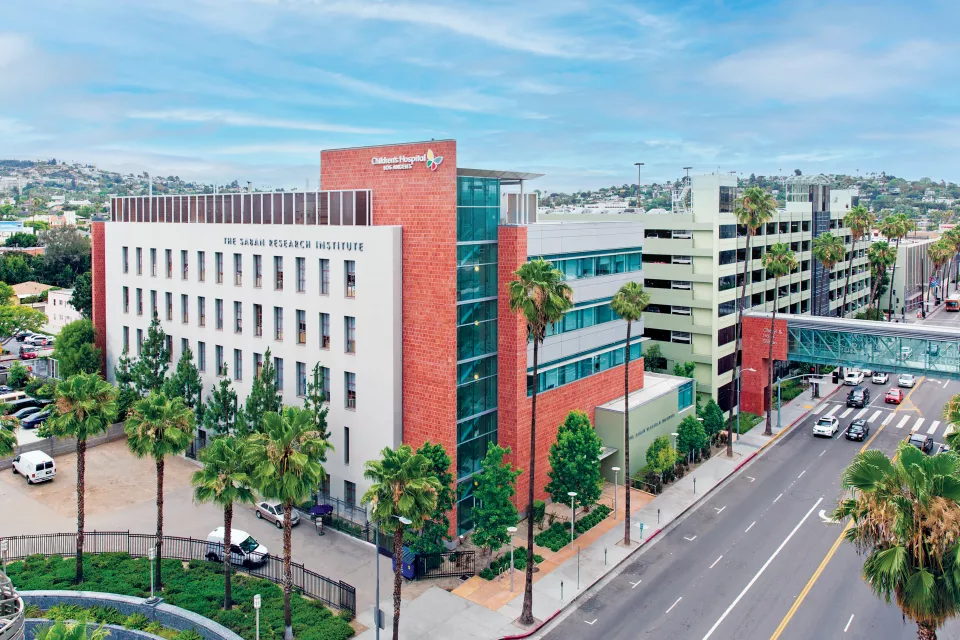Research Interests
- Cardiovascular physiology of red blood cell disorders and hemoglobinopathies.
- Autonomic nervous system regulation in sickle cell disease and other inherited anemias.
- Neurophysiologic mechanisms and consequences of pain in sickle cell disease.
- Diagnosis and management of iron overload in humans.
- Diagnosis and management of neutropenias and neutrophil dysfunction syndromes.
- Epidemiology, health services research and hemoglobinopathies.
Research Overview
Our laboratory utilizes engineering approaches, like MRI , laser Doppler flow, and near infrared spectroscopy to better understand the basic vascular physiology of sickle cell disease and other inherited hematologic disorders. We develop novel techniques and analysis methodologies blood flow, vascular response, tissue iron and oxygen delivery.
In collaboration with members of the Cardiology, Pulmonology and Radiology departments at Children's Hospital Los Angeles and the departments of Biomedical Engineering and Physiology/Biophysics at the USC Keck School of Medicine, we have devised methods to measure the process in human sickle cell subjects and relate these measures to clinical factors that modulate disease severity.
Sickle cell disease is a life threatening disease. The blood becomes very thick and the viscosity changes which results in the blood not flowing and causing ultimately life threatening organ damage and shortened survival because of poor profusion.
Our goal is to keep kids with sickle cell disease and thalassemia healthy and to make any complications related to their disease much less damaging. To do this, we need better and less invasive methods for tracking the progress of their disease.
The other area that has been very successful is research related to monitor iron overload. This started a collaboration with Dr. John Wood, largely through his work with Magnetic Resonance Imagining (MRI) to find ways to specifically measure iron in various parts of the body. We are one of three centers in the world that develops this technology. It has changed our understanding of the toxicity of iron and how to properly manage it. These techniques place us in a very unique position to study this in children.
Key Findings and Achievements
- Children's Hospital Los Angeles has one of the largest sickle cell centers in California.
- We are one of only 10 federally-funded research programs in sickle cell disease.
- Discovered profound abnormalities in the autonomic nervous system in patients with sickle cell disease.



